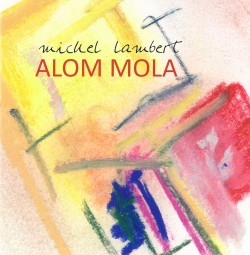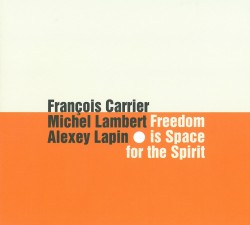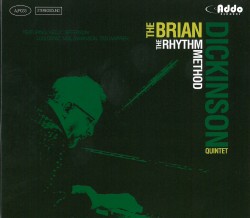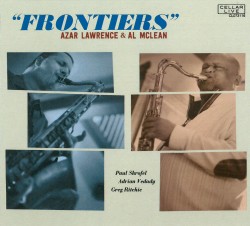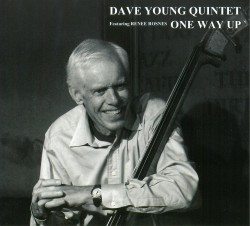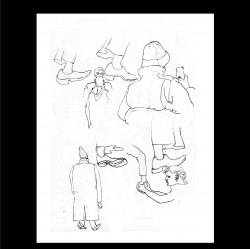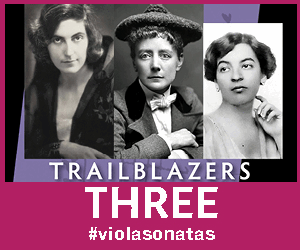Hold On, Let Go - Steve Amirault
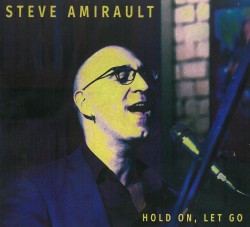 Hold On, Let Go
Hold On, Let Go
Steve Amirault
Independent (steveamirault.com)
Steve Amirault’s solo CD Hold On, Let Go is a wry commentary on life. This mood continues throughout the 11 songs on the disc and is sometimes made intricately droll perhaps, by the fact that he sits in splendid isolation at the piano, interweaving the lyrics with the shimmering sonority and yearning rapture of his accompaniment. Any form of solo performance is a lonely pursuit. The artist and the engineer are inevitably separated by glass which invariably accentuates the experience. It is in this very atmosphere that Amirault’s music rustles like raw silk.
The listener is treated to spiritual flights far above the mundane and journeys through worlds at once zealous, reflective and transcendent. Amirault’s Dindi is a little gem, elementally melancholic yet infinitely hopeful. On Moon River and God Bless the Child, he uses elongated syllables to evoke the crepuscular and the dramatic. In this way, Amirault shapes every phrase with ardent sensitivity, lingering or propelling the narratives as they heighten the music’s ineffable meanings. There is, of course, a lot more.
Steve Amirault is an exceptional artist and he proves time and again on Hold On, Let Go that he has an innate ability to find a keen balance between poetry and intensity. His pianism, albeit featured here in the shadow of his spotlighted voice, provides a superb brand of animation, meeting the needs of the music exquisitely and fittingly, as equal to the loneliness of this music.


